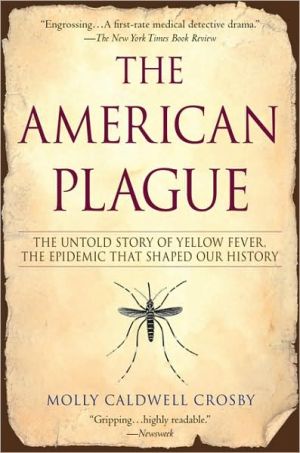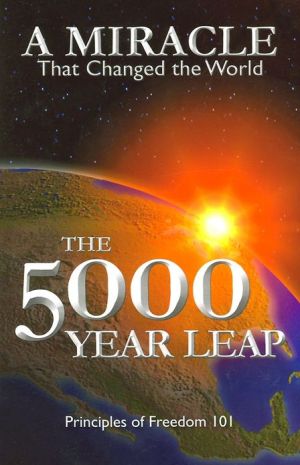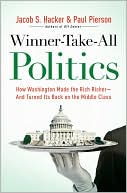The American Plague: The Untold Story of Yellow Fever, the Epidemic that Shaped Our History
In this account, a journalist traces the course of yellow fever, stopping in 1878 Memphis to "vividly [evoke] the Faulkner-meets-'Dawn of the Dead' horrors,"*-and moving on to today's strain of the killer virus.\ Over the course of history, yellow fever has paralyzed governments, halted commerce, quarantined cities, moved the U.S. capital, and altered the outcome of wars. During a single summer in Memphis alone, it cost more lives than the Chicago fire, the San Francisco earthquake, and the...
Search in google:
The American Plague delves into America's not-so-distant past to recount one of the greatest epidemics of our time. It tells the story of the yellow fever epidemic in Memphis, Tennessee-one that would cost more lives than the Chicago fire, San Francisco earthquake and Johnstown flood combined-and, it is a narrative journey into Cuba and West Africa, where a handful of doctors would change medical history. Yellow fever, a virus born of the slave trade, struck 500,000 Americans over two centuries touching every state from Texas to Massachusetts. It paralyzed governments, halted commerce, quarantined cities and altered the outcome of wars. It was not only the gruesome symptoms of the disease-much like those of Ebola today-but the long-term, crippling effect on a place and its people that made it such a dreaded disease and one that the federal government could not ignore. In 1900, the United States sent three doctors led by Walter Reed to Cuba to discover how this disease was spread. Camped on sprawling farmland just outside of Havana, they launched one of history's most controversial human studies. Two of the doctors would be infected; one would die. Two-dozen men-veterans of the Spanish-American War-would volunteer to be test subjects. Tragic and terrifying, The American Plague beautifully depicts the story of yellow fever, and its reign in this country. A story that, in the end, is as much about the nature of human beings as it is the nature of disease. Publishers Weekly In a summer of panic and death in 1878, more than half the population of Memphis, Tenn., fled the raging yellow fever epidemic, which finally waned when cooler weather set in. The disease had been transmitted by the Aedes aegypti mosquito, which came in swarms on ships from the Caribbean or West Africa. This account has a narrower scope than James Dickerson's recent Yellow Fever, focusing on the Memphis tragedy, but journalist Crosby offers a forceful narrative of a disease's ravages and the quest to find its cause and cure. Crosby is particularly good at evoking the horrific conditions in Memphis, "a city of corpses" and rife with illness characterized by high fever, black vomit and hemorrhaging, treated by primitive methods. Crosby also relates arresting tales of heroism, such as how two nuns returned to the quarantined city from a vacation to nurse the victims. The author profiles scientists, some of whom died in their fight to identify the cause of this deadly disease. She also describes more recent outbreaks in Africa: yellow fever is making a frightening comeback despite the existence of a vaccine. Photos. Barnes & Noble Discover New Writers selection. (Nov. 7) Copyright 2006 Reed Business Information.








